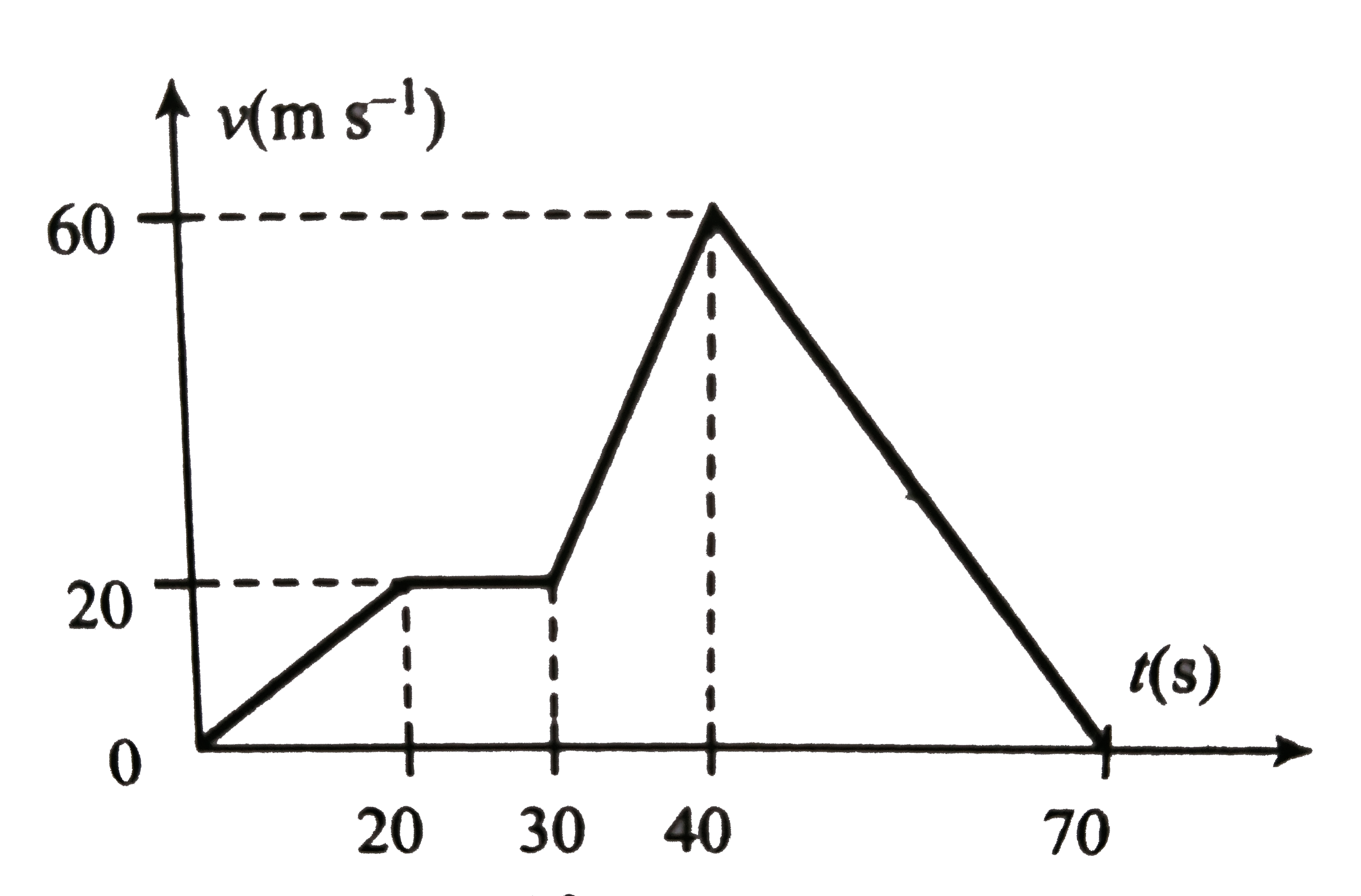The energy required to accelerate a body from 30ms−1 to 60ms−1 is three times the energy required to accelerate it from 10ms−1 to .v.. The value of .v. is Solution in Telugu
30ms−1
20√2ms−1
30√3ms−1
10√10ms−1
The correct Answer is:D
Step by step video, text & image solution for The energy required to accelerate a body from 30ms^(-1) to 60 ms^(-1) is three times the energy required to accelerate it from 10 ms^(-1) to .v.. The value of .v. is by Physics experts to help you in doubts & scoring excellent marks in Class 11 exams.
Updated on:21/07/2023Topper's Solved these Questions
- WORK, POWER & ENERGY Book:AAKASH SERIESChapter:WORK, POWER & ENERGY Exercise:PRACTICE EXERCISE (POWER)
Explore 9 Videos
- WORK, POWER & ENERGY Book:AAKASH SERIESChapter:WORK, POWER & ENERGY Exercise:PRACTICE EXERCISE (VERTICAL CIRCLE)
Explore 12 Videos
- WORK, POWER & ENERGY Book:AAKASH SERIESChapter:WORK, POWER & ENERGY Exercise:PRACTICE EXERCISE (WORK)
Explore 16 Videos
- WORK POWER ENERGYBook:AAKASH SERIESChapter:WORK POWER ENERGYExercise:EXERCISE - 3
Explore 61 Videos
Similar Questions
Two persons A and B each of mass 60 kg are carrying loads 15 kg each. If they reach the top of a building of height 10 m in 20s and 40s respectively, the ratio of their efficiencies is
View SolutionA mass of 0.1kg is rotated in a verticla circle using a string of length 1m. When the string makes an angle 30∘ with the vertical, the speed of the mass is 2ms−1. The radial acceleration of the mass at that instant is
View SolutionThe work done in moving a body of mass 5kg from the bottom of a smooth inclined plane to the top is 50 j. If the angle of inclination of the inclined plane is 30∘, its length is (g=10ms−2)
View SolutionIf →A+→B=→Rand2→A+→B is perpendicular to →B then
View SolutionThe velocity-time graph of a body is given in. The maximum acceleration in ms−1 is .
 .
.
View SolutionThe workdone to accelerate a body from 30ms−1 to 60ms−1 is three times the work done to accelerate it from 10ms−1 to 'v'. The value of 'v' in ms−1 is
View SolutionThe energy required to accelerate a car from 10 m/s to 20 m / s is how many times the energy required to accelerate the car from rest to 10 m /s
View SolutionThe amount of force required to produce an acceleration of 1ms−2 in a body of mass 1 kg called ____________.
View SolutionThe energy required to accelerate a car from rest to 10 ms^(-1) is W. the energy required to accelerate the car froms 10 ms^(-2) to 20 ms^(-1) .is:
View SolutionThe amount of force required to produce an acceleration of 1ms−2 in a body of mass……………… is called unit force.
View SolutionThe energy required to accelerate a car from rest to 10ms-1 is W .the energy required to accelerate the car from 10ms-1 to 20ms-1 is
View SolutionThe ratio of energy required to accelerated a car from rest to 20ms−1 to the energy needed to acceelerate from 20ms−1 to 40ms−1 is
View SolutionThe ratio of energy required to accelerated a car from rest to 20ms−1 to the energy needed to acceelerate from 20ms−1 to 40ms−1 is
View SolutionThe ratio of energy required to accelerated a car from rest to 20ms−1 to the energy needed to acceelerate from 20ms−1 to 40ms−1 is
View SolutionThe ratio of energy required to accelerate a car from rest to 20ms−1 to the energy needed to accelerate from 20ms−1 to 40ms−1 is
View Solution

